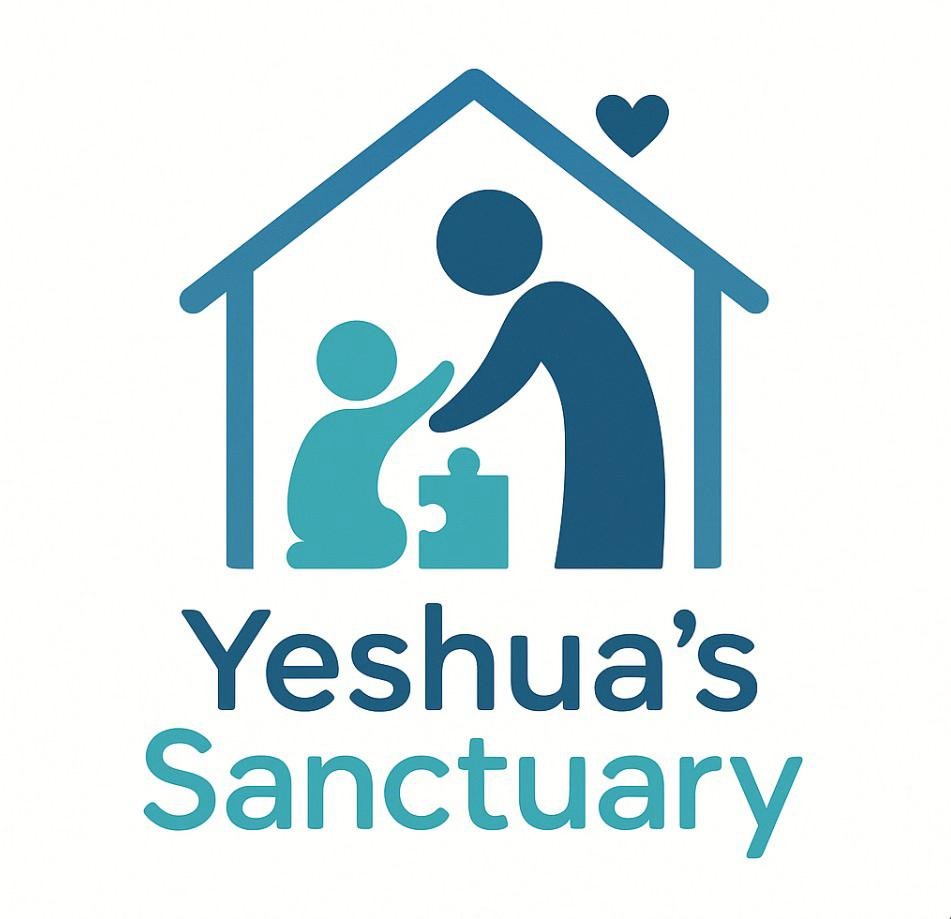Understanding how your child communicates and when to seek support
As parents, we often use the words “speech” and “language” interchangeably but in the world of child development and therapy, they refer to two very different (yet connected) skills. Knowing the difference can help you better understand your child’s needs and determine what type of support may help them thrive.
Let’s break it down.
What Is Speech?
Speech refers to the physical ability to produce sounds and words clearly. It’s all about how we use our voice, mouth, tongue, and breath to create understandable sounds.
A child may have a speech delay or speech disorder if they struggle with:
- Articulation (saying sounds correctly, like “r” or “s”)
- Speaking clearly enough to be understood by others
- Using the correct rhythm, tone, or volume
- Stuttering or hesitations in speech
Speech = How we say words
What Is Language?
Language is the system of communication we use to share ideas, thoughts, and feelings. It includes both understanding (receptive language) and expressing (expressive language) information through spoken words, signs, gestures, pictures, or written text.
A child may have a language delay or language disorder if they struggle with:
- Understanding what others say
- Following directions or answering questions
- Using age-appropriate vocabulary or grammar
- Putting words together into sentences
- Telling stories or describing things
- Using gestures or signs to communicate
Language = What we say and how we understand
Speech and Language Are Different But Connected
Think of it this way:
A child can have clear speech (say words correctly) but have trouble forming sentences or expressing ideas that’s a language issue.
Another child might know exactly what they want to say but struggle to pronounce the words clearly that’s a speech issue.
Some children experience challenges with both.
Common Signs to Watch For
Here are a few red flags that may indicate your child needs a speech or language evaluation:
Possible Speech Concerns:
- Hard to understand after age 3
- Difficulty pronouncing specific sounds
- Hoarse, nasal, or strained voice
- Stuttering or repeated sounds
Possible Language Concerns:
- Not talking by 18–24 months
- Doesn’t follow directions or respond to name
- Limited vocabulary or short phrases
- Difficulty expressing thoughts or asking for help
- Trouble with back-and-forth conversations
Who Can Help?
Speech-Language Pathologists (SLPs) are trained professionals who evaluate and treat both speech and language disorders. They work closely with families to build a plan that supports your child’s communication, confidence, and development.
Therapy may involve:
- Play-based language building
- Articulation exercises
- Augmentative communication tools (like picture boards or devices)
- Strategies you can use at home
Why It Matters
Strong communication skills help children:
- Build relationships
- Learn at school
- Express their needs and feelings
- Participate in play and social interactions
- Feel heard and understood
When a child struggles to communicate, it can affect behavior, learning, and self-esteem. Early support can make a big difference.


